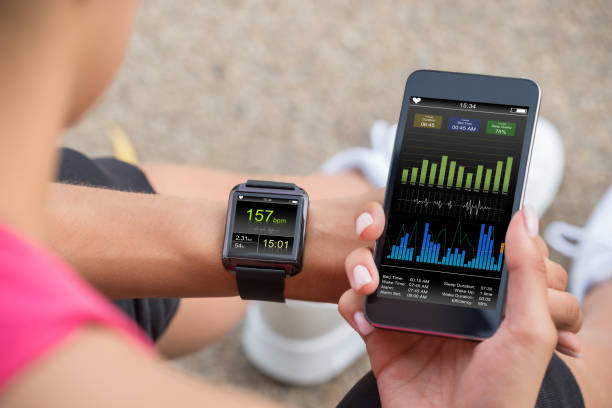Smart Shoes: How They Work and Practical Considerations
Smart shoes combine traditional footwear with electronic components to add sensing, connectivity, and sometimes actuation. They can collect movement data, provide haptic feedback, or connect to apps and other devices. This article explains the core technologies behind smart shoes, common use cases, design and battery trade-offs, data and privacy considerations, and how to evaluate availability or local services when considering a purchase.

What are smart shoes and who uses them?
Smart shoes are footwear equipped with sensors (such as accelerometers, pressure sensors, or gyroscopes), microcontrollers, wireless radios, and sometimes actuators. Users range from athletes tracking performance to people seeking gait monitoring or hands-free navigation. Manufacturers vary from sport-focused brands to startups focused on medical or assistive applications. The key distinction from ordinary shoes is integrated electronics that record or respond to motion, rather than separate wearable devices like watches or phone apps.
How do sensors and connectivity work in smart shoes?
Most smart shoes use a combination of inertial measurement units (IMUs), force or pressure sensors, and simple processors to transform raw data into usable metrics. Data is typically transmitted using Bluetooth Low Energy (BLE) to a smartphone or paired hub for processing and visualization. Some designs perform on-device processing to reduce bandwidth and preserve battery life, while others offload computation to cloud services. Charging approaches include removable battery modules, inductive pads, or replaceable cells depending on the product’s form factor and intended use.
What practical benefits do smart shoes provide?
Smart shoes can provide objective movement metrics—step count, cadence, stride length, ground contact time—that support training, rehabilitation, or daily activity tracking. For people with mobility challenges, features like real-time balance alerts, fall detection, or guided haptic navigation can be useful. In athletic settings, shoe data can inform technique adjustments and injury prevention strategies by identifying asymmetries or load patterns. The value depends on accuracy, how the data is presented, and whether it integrates with other health or training platforms.
Design, fit, durability, and battery considerations
Integrating electronics into footwear introduces trade-offs. Designers must balance sensor placement for accurate readings with cushioning, support, and breathability. Waterproofing or sweat resistance is essential for longevity, and removable electronics can make washing easier. Battery life varies widely: simple pedometer-style functions may last days, while continuous high-frequency recording or active feedback reduces runtime significantly. Consider how the shoe will be charged, whether replacement components are available, and whether the shoe’s structural features match your typical activities to ensure a comfortable, durable fit.
Privacy, data management, and compatibility
Smart shoes collect personal movement and location-adjacent data that can be sensitive. Review a manufacturer’s privacy policy to understand what data is stored on-device, sent to cloud services, or shared with third parties. Look for products that allow local data storage or export options if you prefer direct control. Compatibility matters: ensure the mobile app supports your device’s operating system and that file export formats (CSV, FIT, etc.) work with the analytics tools you use. Regular firmware updates are important for security and feature improvements.
Availability and how to evaluate products or local services
Smart shoes are offered by a mix of established brands and newer companies; availability can vary by region. When researching options in your area, compare sensor types, app features, battery and charging methods, service and warranty policies, and replacement parts or repair options. User reviews and third-party tests can highlight real-world durability and data accuracy. If you need clinical-grade monitoring or physical-therapy integration, check whether local services, clinics, or orthotists support the specific product and whether they offer fitting or calibration assistance.
Conclusion
Smart shoes are a growing category that blends footwear with sensing and connectivity to offer new forms of movement insight and support. Their usefulness depends on accurate sensors, thoughtful design, secure data practices, and clear compatibility with the apps or services you rely on. Evaluating features, battery and maintenance needs, and local availability or support will help determine whether a particular smart shoe aligns with your daily activities or specialized needs.




